Home>Ideas and Tips>How To Properly Insulate Your Attic For Energy Savings
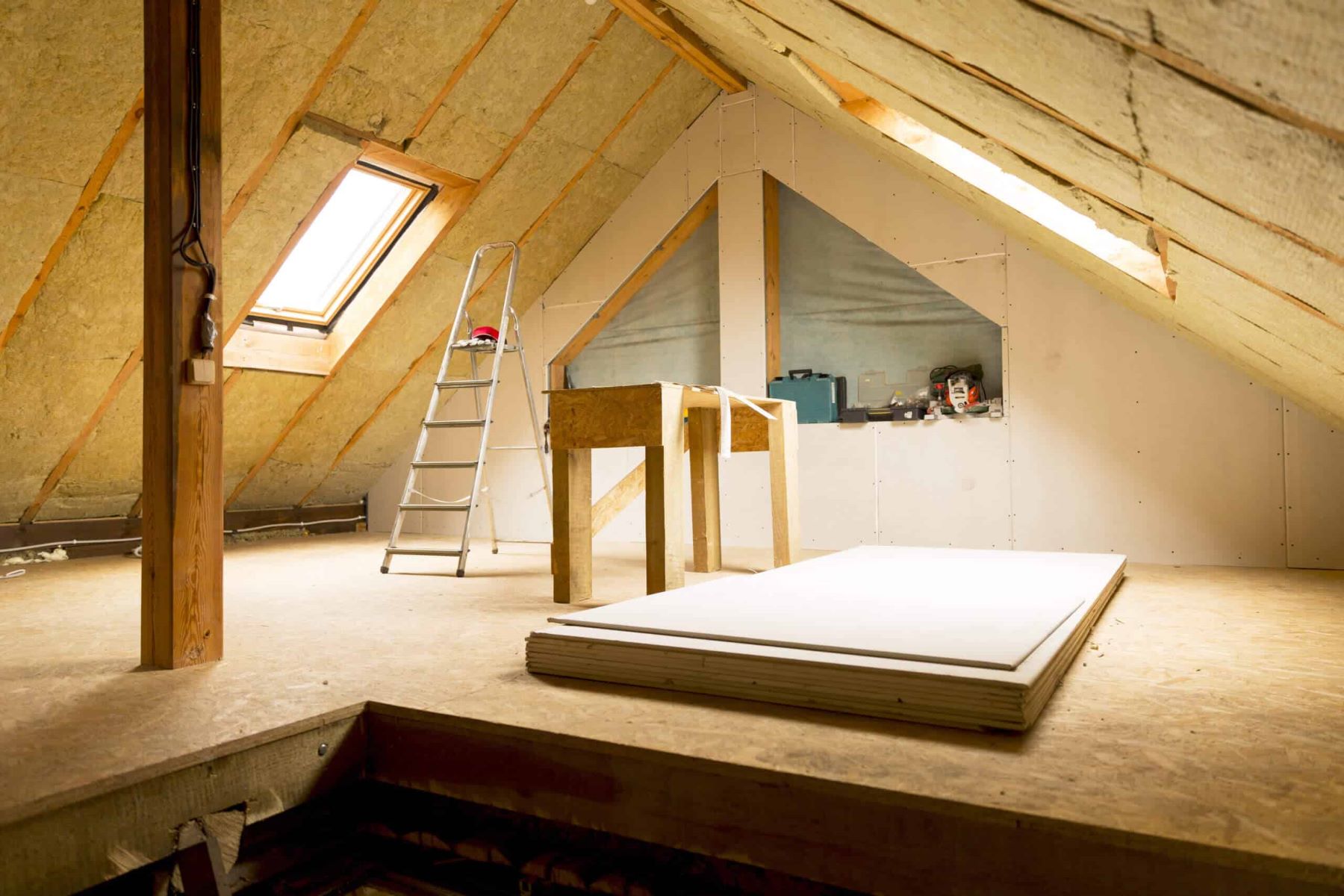

Ideas and Tips
How To Properly Insulate Your Attic For Energy Savings
Published: September 25, 2024
Learn how to insulate your attic properly to boost energy efficiency, save on bills, and enhance home comfort with our comprehensive DIY guide.
(Many of the links in this article redirect to a specific reviewed product. Your purchase of these products through affiliate links helps to generate commission for Storables.com, at no extra cost. Learn more)
Ensuring that your attic is well-insulated is one of the most effective ways to improve the energy efficiency of your home. Proper attic insulation can significantly reduce heat loss in the winter and heat gain in the summer, leading to substantial savings on your energy bills. In this article, we will guide you through the process of determining if you need more insulation, choosing the right type of insulation, and installing it effectively.
Why is Attic Insulation Important?
Attic insulation plays a crucial role in maintaining a comfortable and energy-efficient home. Here are some key reasons why it is essential:
Read more: How Much Will Insulation In An Attic Save Me
Improve Home Comfort
Proper attic insulation helps maintain a consistent indoor temperature by reducing heat transfer between your living spaces and the outside environment. During colder months, it retains heat inside the home, reducing the reliance on heating systems and lowering energy consumption. Conversely, during warmer months, insulation reduces heat gain from the sun, keeping your home cooler and reducing the need for air conditioning.
Save Energy and Money
A well-insulated attic can lead to substantial savings on energy bills. According to the Energy Star program, homeowners can save an average of 15% on heating and cooling costs by air sealing their homes and adding insulation in attics, floors over crawl spaces, and basements. This translates into significant cost savings over time.
SAVINGS AND COMFORT
The benefits of proper attic insulation extend beyond energy savings. It also enhances the overall comfort of your home by reducing drafts and cold spots in winter and cooler interiors during summer months. Additionally, it helps in reducing noise from outside, less pollen, dust, and pests entering the home, and better humidity control.
Determining If You Need More Insulation
Before you start insulating your attic, it is crucial to determine if you already have enough insulation. Here’s how you can measure and assess your current insulation levels:
Measure Your Insulation
- Access Your Attic: Ensure that your attic is accessible. If it's not, you may need to find a way to safely enter it.
- Check Existing Insulation: Look for any existing insulation material such as fiberglass batts, cellulose, or spray foam.
- Measure Thickness: Use a tape measure to determine the thickness of the insulation. Typically, if it’s less than an equivalent of R-30 (about 10 to 13 inches), you could benefit from adding more.
Common Signs of Insufficient Insulation
If your home experiences any of these problems, it might be a good candidate for an attic insulation project:
- Drafty Rooms: Rooms that feel cold or drafty, especially near windows and doors.
- Hot or Cold Ceilings/Walls/Roof: Ceilings, walls, or roofs that are consistently hot or cold.
- Uneven Temperature Between Rooms: Rooms that have significantly different temperatures compared to others in the house.
- High Heating/Cooling Bills: Higher than usual energy bills despite regular usage patterns.
- Ice Dams in Winter: Ice dams forming on your roof during winter months, which can lead to water damage and other issues.
Choosing the Right Insulation Material
There are several types of insulation materials available, each with its own set of benefits and drawbacks. Here are some common types:
Fiberglass Batt Insulation
Fiberglass batts are one of the most commonly used types of insulation. They come in pre-cut sections that fit between joists and can be easily installed by DIY enthusiasts. Fiberglass batts are relatively inexpensive and provide good thermal performance.
Read more: How Important Is Attic Insulation
Cellulose Insulation
Cellulose insulation is made from recycled paper products and is known for its eco-friendly nature. It is often blown into attics using specialized equipment and can be more effective at filling gaps than fiberglass batts. However, it may not be as durable as other materials.
Spray Foam Insulation
Spray foam insulation is highly recommended for its excellent thermal performance, airtight seal, and moisture resistance. It expands to fill gaps and provides long-lasting protection against heat transfer. However, it is more expensive than other materials and requires professional installation.
Loose-Fill Insulation
Loose-fill insulation consists of small particles that can be blown into attics using specialized equipment. It provides better coverage when installed properly but may not be as effective as other materials in terms of thermal performance.
Installing Attic Insulation
Once you have chosen the right insulation material, it's time to start the installation process. Here’s a step-by-step guide:
Step 1: Prepare Your Attic
- Clear the Area: Remove any debris, old insulation, or obstructions from the attic space.
- Seal Air Leaks: Use caulk or spray foam to seal any air leaks around vents, chimneys, and other openings.
- Repair Roof Leaks: Ensure that there are no leaks in your roof by inspecting for missing shingles or damaged areas.
Step 2: Measure and Cut Insulation
- Measure Joist Spacing: Measure the spacing between joists to determine how much insulation you'll need.
- Cut Insulation: Use a utility knife or sheet metal scissors to cut the insulation material according to your measurements.
Step 3: Install Insulation
- Install Between Joists: Place the insulation material between joists, ensuring it fits snugly without compressing it too much.
- Install Over Joists: For additional layers of insulation, install them over joists perpendicular to the first layer.
- Ensure Proper Fit: Make sure that all gaps are filled with insulation material for maximum effectiveness.
Safety Considerations
When installing attic insulation yourself, safety should be your top priority:
- Wear Protective Gear: Use safety glasses, gloves, dust mask/protective face mask, flashlight or portable safety light, boards to walk on if needed, and a hard hat or cap to protect your head from sharp roofing nails.
- Check for Hazards: Be aware of potential hazards such as wet or damp insulation indicating a leaky roof; moldy or rotted attic rafters/floor joists indicating moisture problems; kitchen/bathroom/clothes dryer vents exhausting moist air directly into the attic space instead of outdoors; little/no attic ventilation; knob/tube wiring (pre-1930), which can be a fire hazard when in contact with insulation.
Hiring a Professional
While many DIY enthusiasts can handle attic insulation projects successfully, there are situations where hiring a professional is recommended:
Difficult Attic Access
If your attic is difficult to access due to limited space or other obstructions, it's best to hire a professional who has experience working in confined spaces.
Wet/Damp Insulation
If you notice wet or damp insulation during inspection, it indicates a leaky roof which requires immediate attention from a professional roofer before proceeding with insulation installation.
Moldy/Rotted Rafters/Floor Joists
Moldy or rotted rafters/floor joists indicate moisture problems that need professional assessment and resolution before proceeding with insulation installation.
Read more: How To Properly Install Insulation
Kitchen/Bathroom/Clothes Dryer Vents
If kitchen/bathroom/clothes dryer vents exhaust moist air directly into the attic space instead of outdoors, it's crucial to address this issue first by redirecting these vents properly before insulating.
Little/No Attic Ventilation
Poor attic ventilation can lead to moisture buildup inside your attic space. A professional can assess this issue and recommend necessary adjustments for proper ventilation before insulating.
Knob/Tube Wiring
Presence of knob/tube wiring (pre-1930) poses significant fire hazards when in contact with insulation materials. A professional should handle this situation carefully by either replacing old wiring or ensuring proper insulation around existing wiring.
Additional Tips for Energy Efficiency
While attic insulation is crucial for energy efficiency, there are other areas in your home where you can make improvements:
Exterior Wall Insulation
If your attic has enough insulation and proper air sealing but still feels drafty and cold in winter or too warm in summer, chances are you need to add insulation to exterior walls as well.
Duct Insulation
If ducts are located in unconditioned spaces like attics or crawl spaces, they should be sealed and insulated to prevent energy losses associated with most duct systems.
Air Sealing
Air sealing involves identifying and sealing all gaps around windows, doors, electrical outlets, switches, and other openings where air might escape or enter your home. This step should be done before adding any new insulation materials.
Conclusion
Properly insulating your attic is one of the most effective ways to improve the energy efficiency of your home while enhancing its overall comfort level. By following these steps—determining if you need more insulation, choosing the right type of insulation material suitable for your needs, preparing your attic space safely before installation—and considering when it's best to hire a professional—you can significantly reduce heat loss during winter months and heat gain during summer months. Remember always prioritize safety during any home improvement project involving insulation installation.
Read more: How Often Should You Insulate Your Attic
Resources
For further guidance on how to rule your attic for comfort and savings:
- Check out ENERGY STAR’s “Rule Your Attic!” Video Series.
- Download this PDF how-to guide for detailed instructions on measuring insulation levels, getting solutions if needed, fixing low insulation levels by hiring contractors or doing it yourself.
- Visit ENERGY STAR’s website for comprehensive information on attic insulation projects including common symptoms indicating insufficient insulation; what tools/materials you'll need; important safety considerations; step-by-step instructions; when seeking professional help might be necessary.
By taking these steps towards proper attic insulation today—you'll not only save money on energy bills but also contribute towards creating a more sustainable future for generations to come
Was this page helpful?
At Storables.com, we guarantee accurate and reliable information. Our content, validated by Expert Board Contributors, is crafted following stringent Editorial Policies. We're committed to providing you with well-researched, expert-backed insights for all your informational needs.
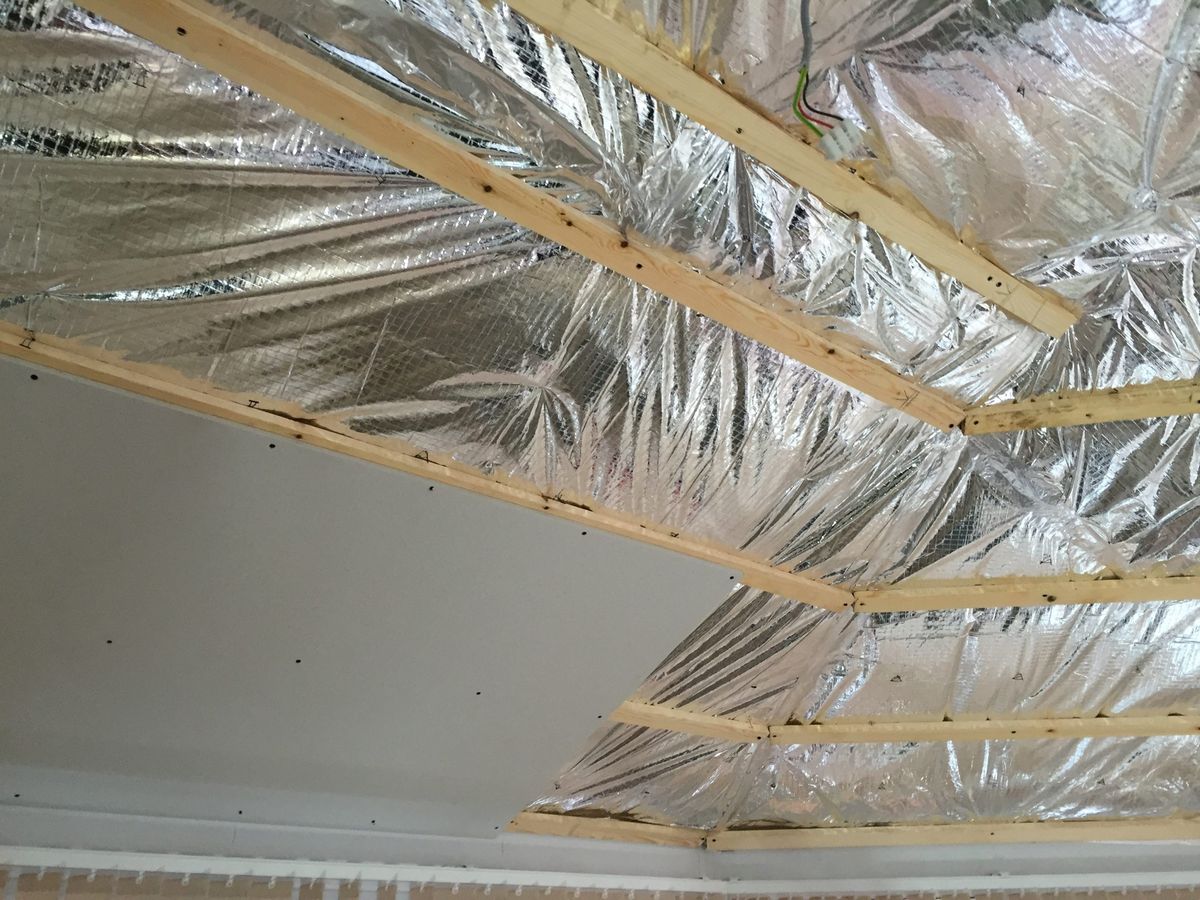
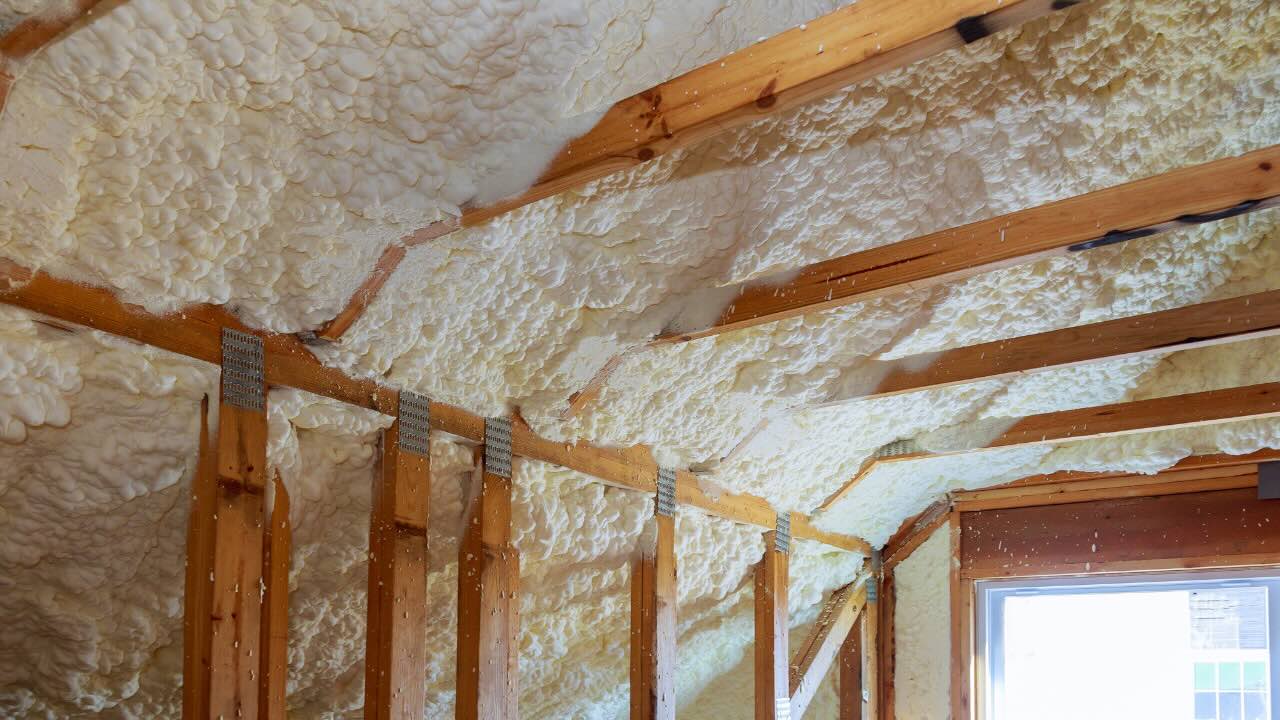
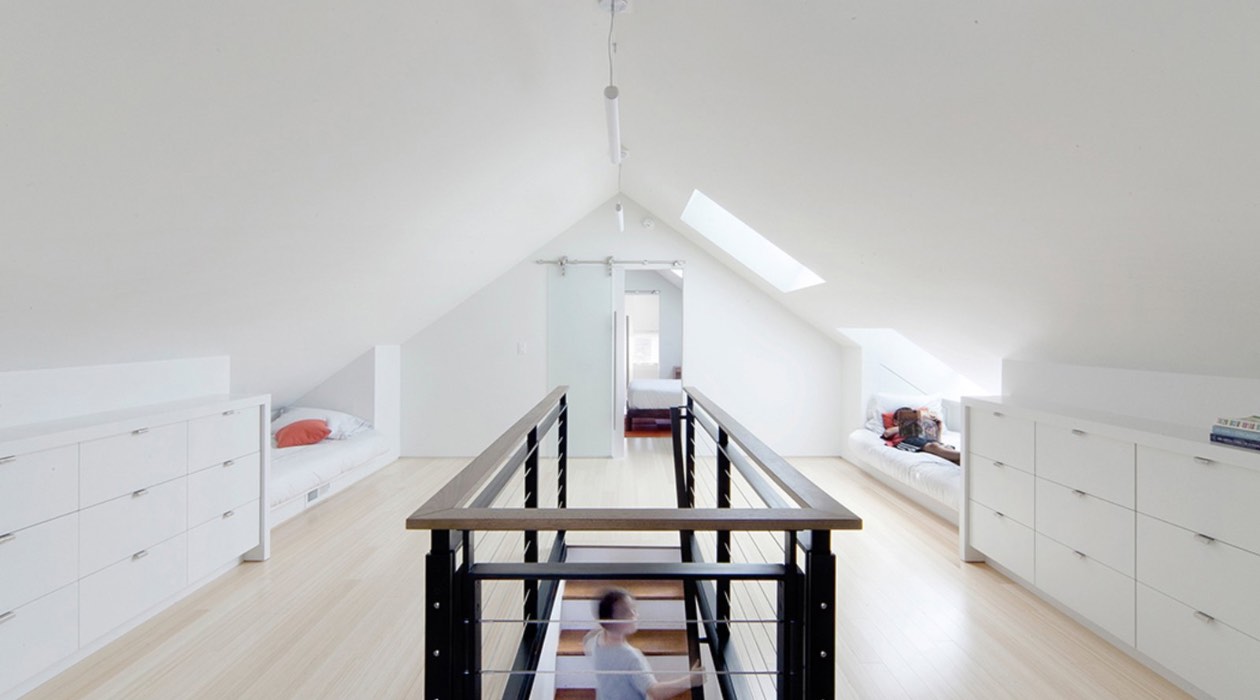
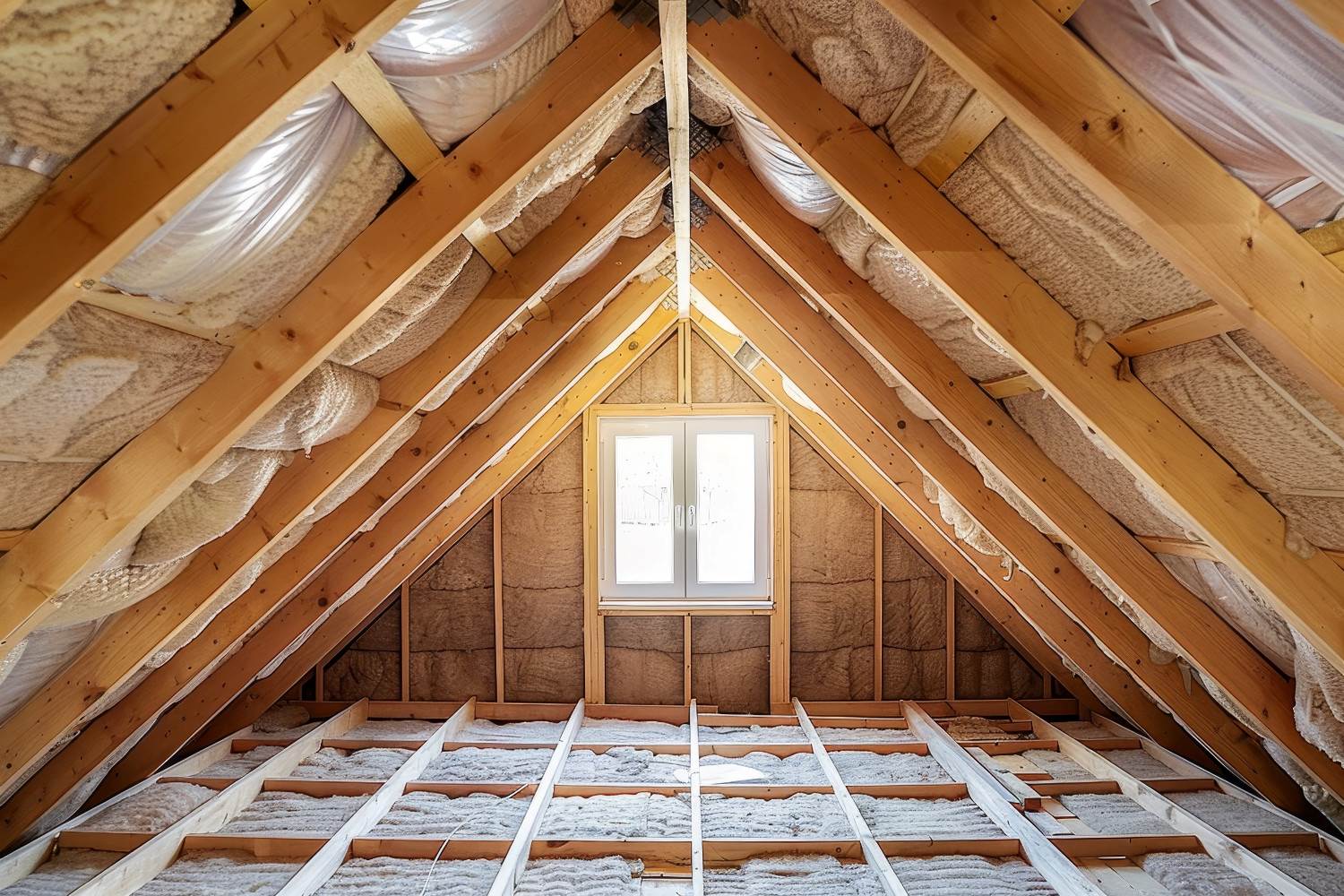
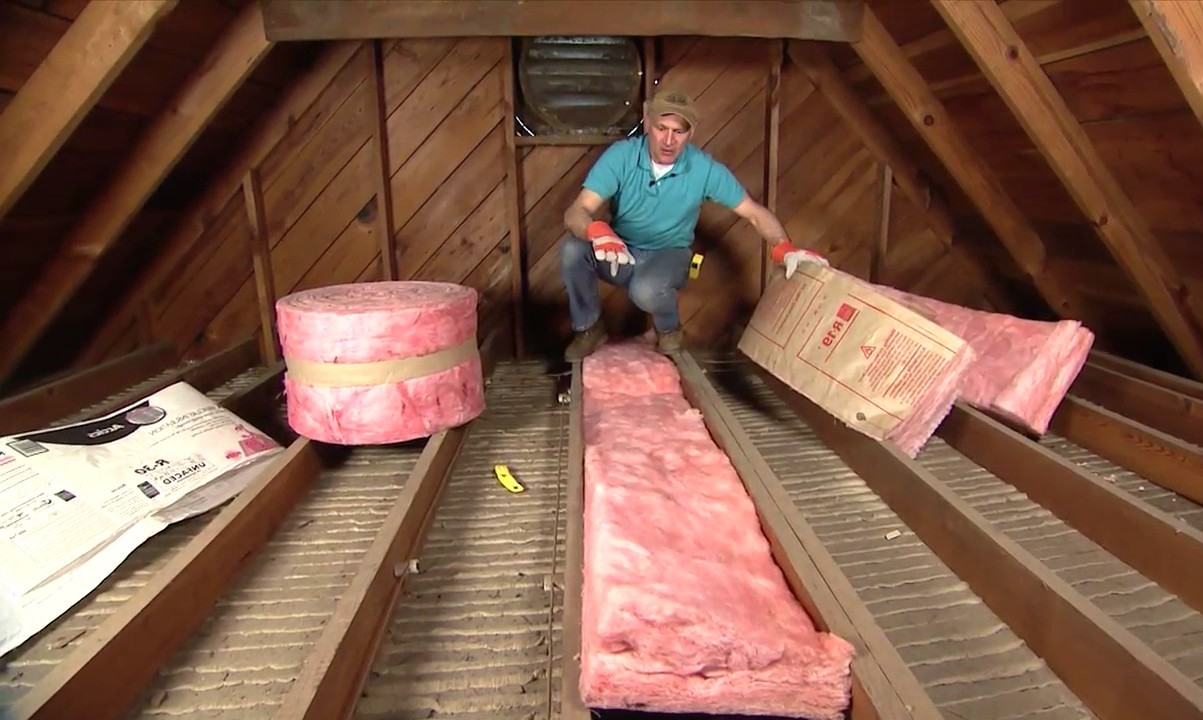
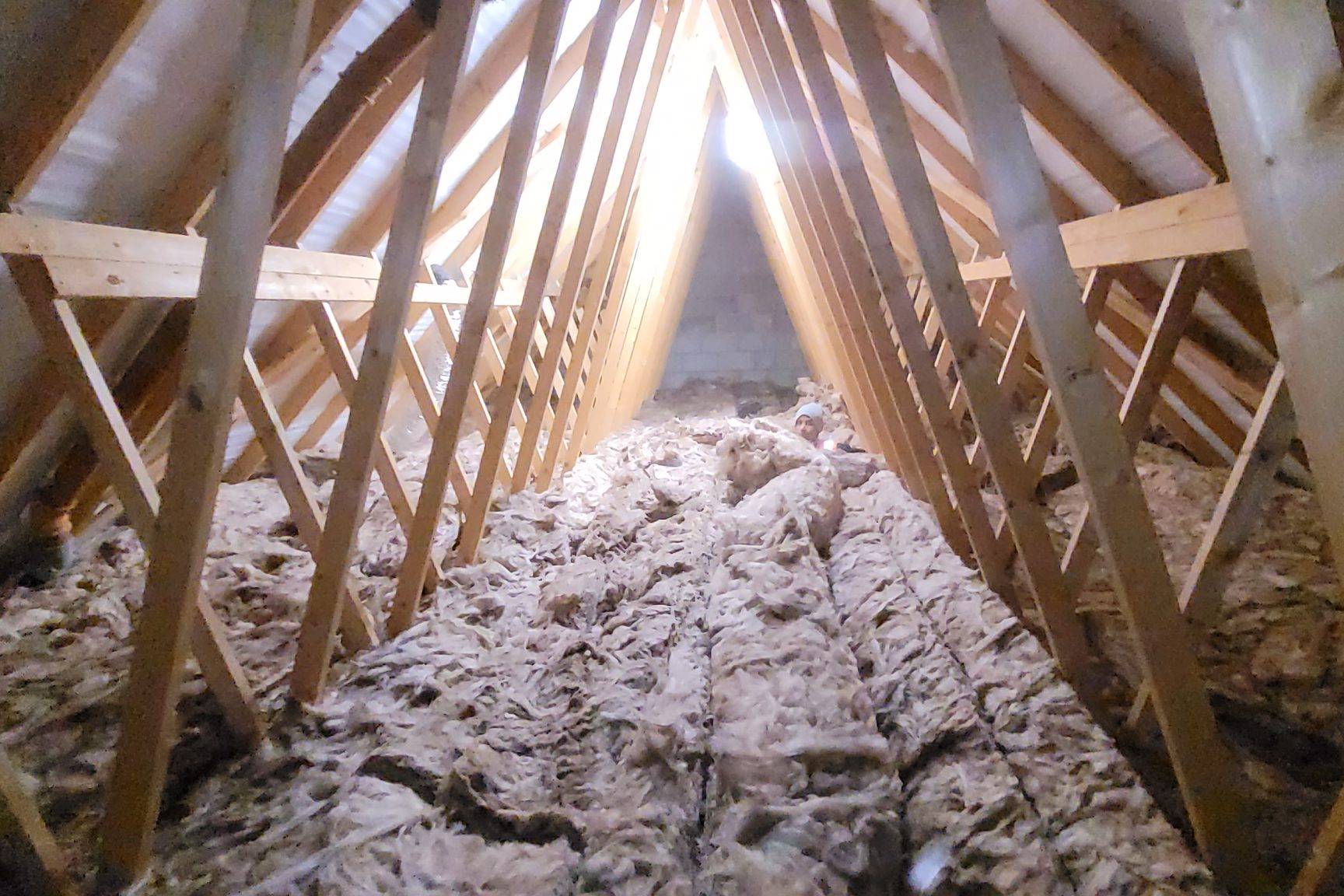
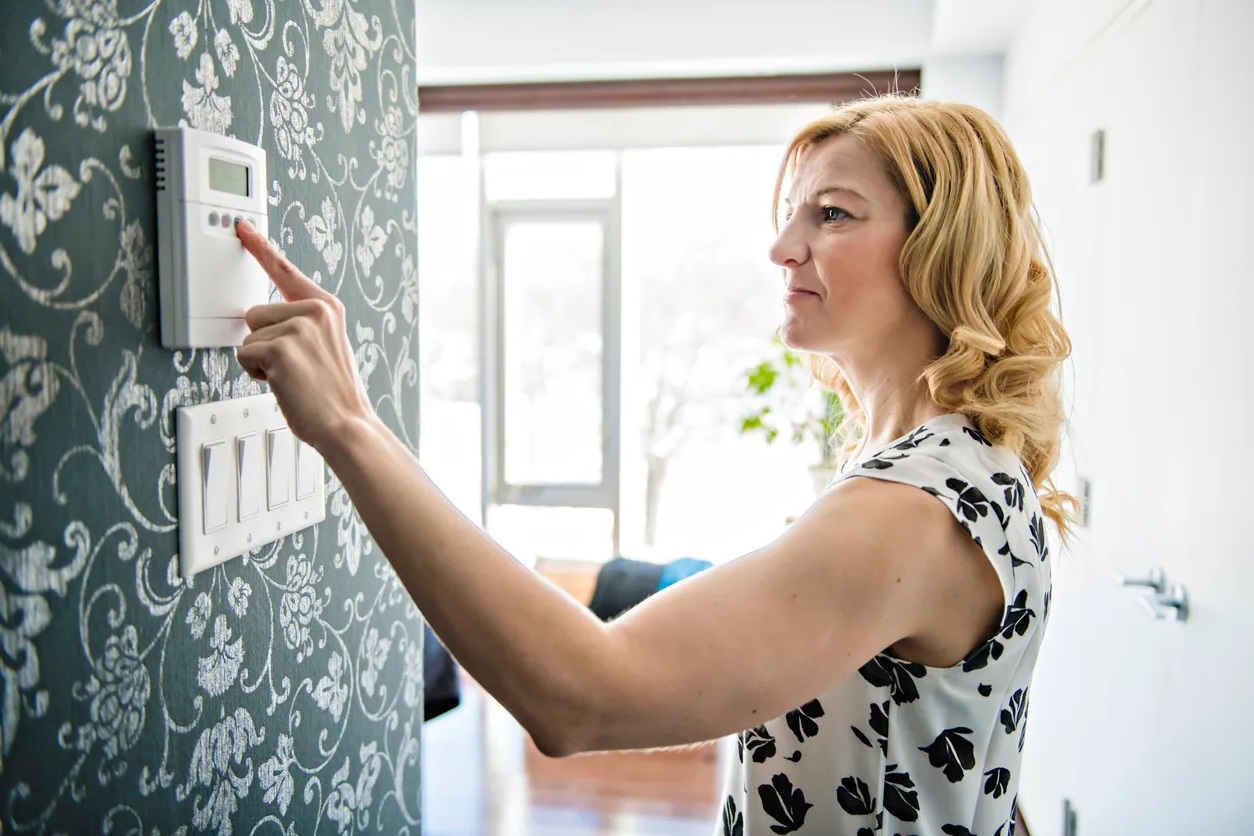
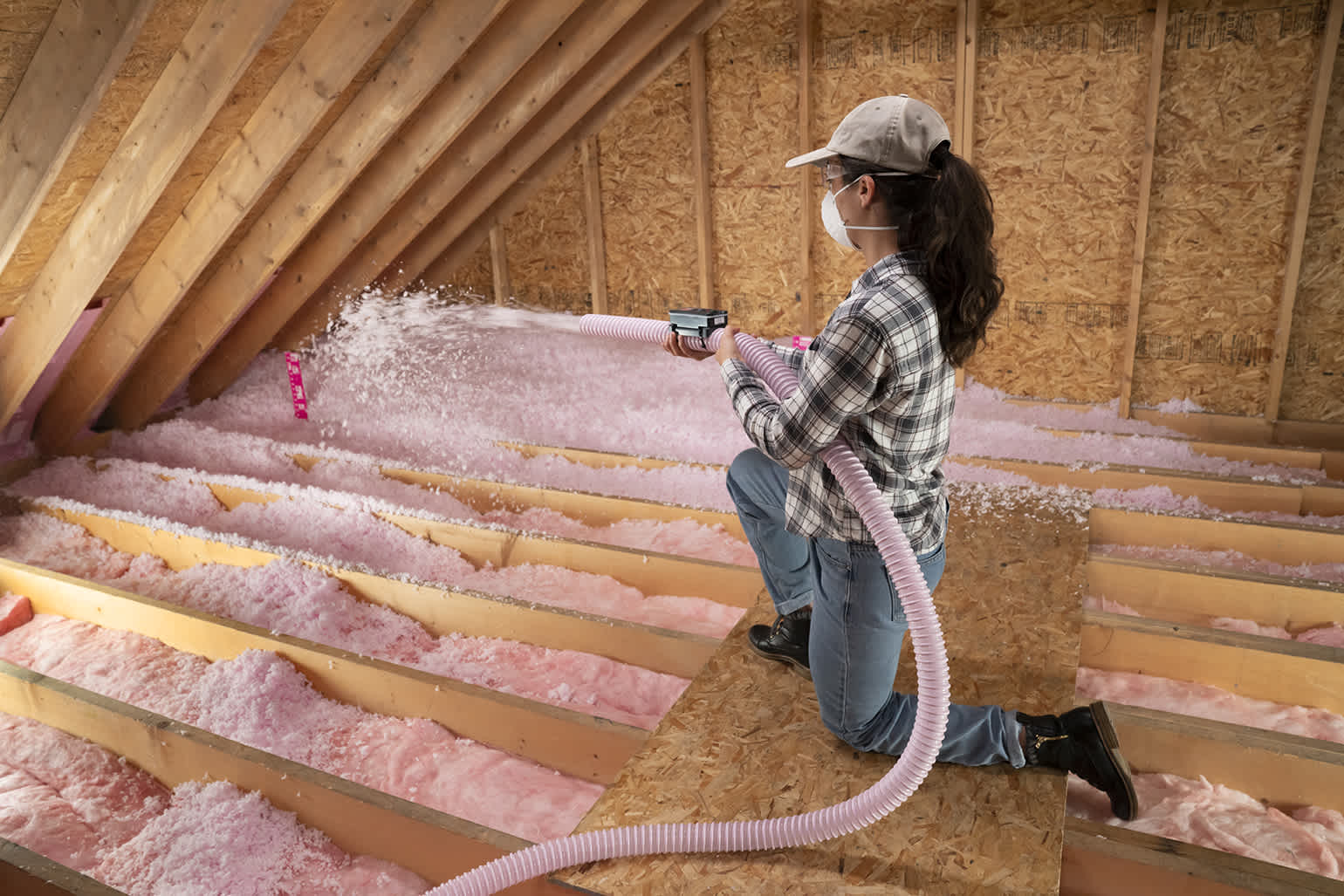

0 thoughts on “How To Properly Insulate Your Attic For Energy Savings”